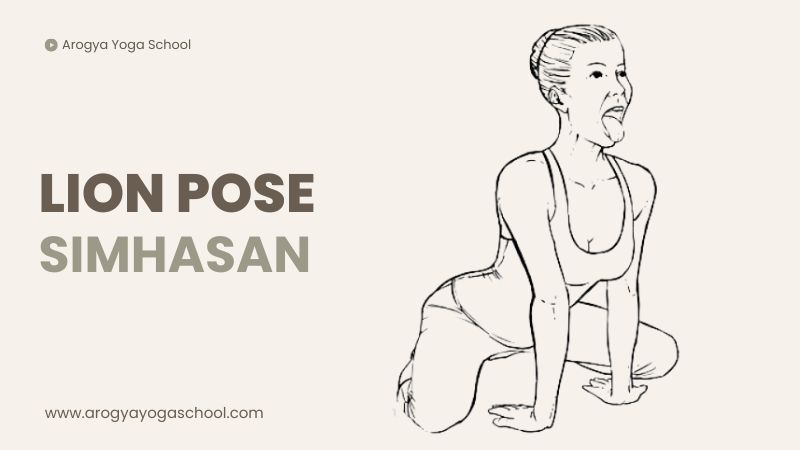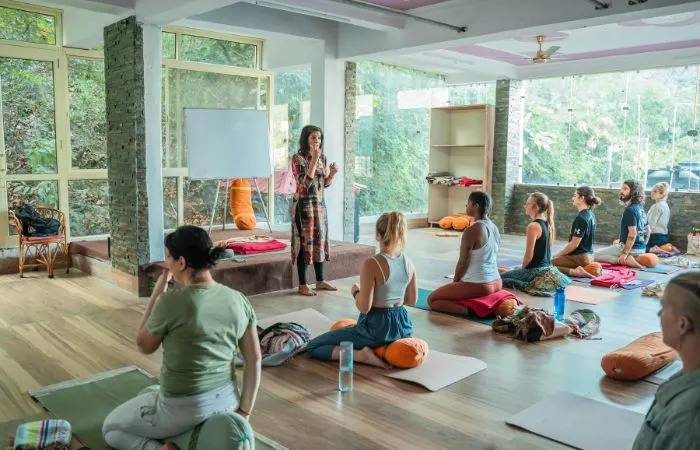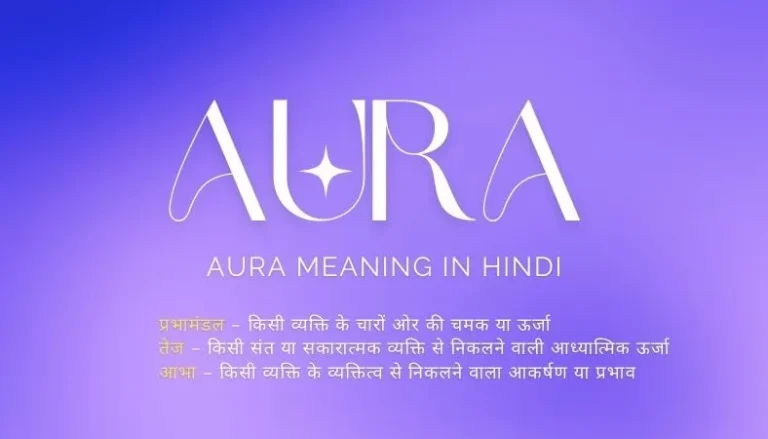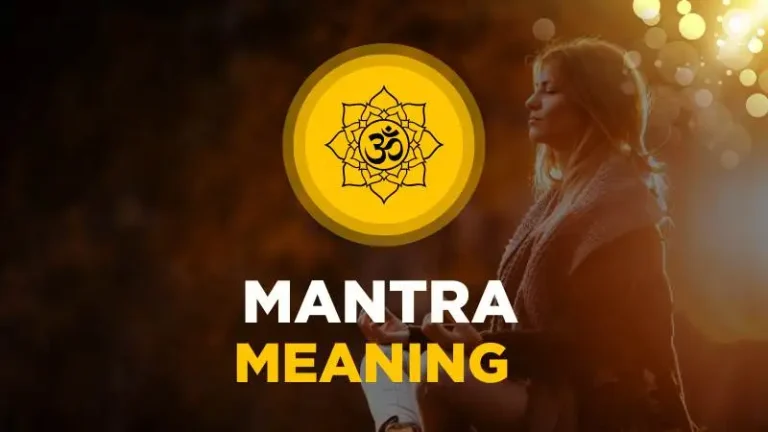
Lion Pose or Simhasana, is a special yoga position that combines breathing, facial expressions, and body posture to create feelings of freedom and strength. Simhasana is different from many traditional yoga poses. While those poses mainly stretch or strengthen big muscles, Simhasana targets the face, throat, and lungs. This unique pose helps with self-expression, emotional release, and relieving tension in the jaw, neck, and upper chest. It is suitable for all skill levels and doesn’t require advanced flexibility or strength, making it popular among yoga enthusiasts who enjoy both simplicity and depth in their practice.
Benefits of Lion’s Pose (Simhasana) Roaring lion pose yoga – Simhagarjanasana
Simhasana, commonly known as the Lion’s Pose, provides a range of benefits across physical, emotional, and energetic dimensions. Here’s a breakdown of what it offers:
Physical Benefits of Roaring lion pose yoga
- –lion pose skincare – Facial Muscle Strengthening: The exaggerated expressions used in this pose activate and tone the facial, neck, and throat muscles, which may enhance skin firmness and diminish aging signs.
- – Enhancement of Respiratory Function: The combination of deep breaths and forceful exhalations clears the airways, removing old air from the lungs and improving oxygen intake.
- – Stimulation of the Platysma: Engaging this thin muscle located in the throat during the pose contributes to better neck aesthetics and health.
- – Relief from Jaw and Neck Tension: The wide-open mouth and extended tongue help to ease tightness in the jaw and alleviate discomfort in the neck and upper chest areas.
- – Improvement of Posture: The necessary alignment in Simhasana promotes a straight spine and encourages proper sitting posture.
- – Increased Circulation: The stretching and breathing techniques enhance blood flow to the face, neck, and throat, contributing to overall vitality.
Emotional and Psychological Benefits of Lion Pose
- – Release of Built-Up Emotions: The roaring breath and expressive gestures provide an effective outlet for stress, frustration, and anger.
- – Reduction of Stress and Anxiety: By activating the parasympathetic nervous system, this pose cultivates relaxation and tranquility.
- – Confidence Boosting: Channeling the bravery and strength of a lion fosters greater self-confidence and assurance.
- – Improved Focus and Mindfulness: The intentional gaze and controlled breathing in this pose promote concentration and present-moment awareness.
Energetic and Spiritual Benefits
- – Throat Chakra Activation (Vishuddha): This energy center is linked to communication and self-expression. Stimulating it through Simhasana enhances the clarity of thought and emotion articulation.
- – Energy Balancing: The pose helps to release stagnant energy, facilitating a sense of openness and fluidity.
- – Represents Personal Strength: The roar of the lion embodies bravery, inspiring individuals to tap into their inner strength and true selves.
Other Benefits of Loin Pose
- Open to Everyone: This pose is straightforward and doesn’t demand high levels of flexibility or physical power.
- Simple to Incorporate: It can easily fit into yoga routines, breathing practices, or quick pauses throughout the day to ease stress.
- No Gear Required: Simhasana can be practiced in any location without the need for specific equipment or props.
How to Do the Lion’s Pose (Simhasana)
The Lion’s Pose is an accessible and powerful yoga posture that integrates proper alignment, expressive facial gestures, and mindful breathing. Follow these detailed steps to perform it effectively:
Step-by-Step Guide
1. Find a Comfortable Sitting Position
– Begin by sitting on your heels with your knees slightly apart (known as Vajrasana).
– Alternatively, you may cross your ankles with your bottom resting on your heels. A block or cushion can also be used for added comfort.
2. Hand Placement
– Rest your hands on your knees or thighs, palms facing down.
– Spread your fingers wide, extending them fully, and press them firmly onto your knees.
3. Align Your Spine
– Sit up straight, creating length in your spine.
– Roll your shoulders back and down to open up your chest area.
4. Take a Deep Breath
– Inhale slowly and deeply through your nose, allowing your lungs to fill completely.
5. Exhale with a Roar
– Open your mouth widely, extend your tongue down toward your chin, and forcefully exhale through your mouth while producing a roaring “ha” sound.
– Concentrate on fully emptying your lungs during this exhalation.
6. Focus Your Gaze
– As you exhale, you can either:
– Fixate your gaze on the tip of your nose (Nasikagra Drishti), or
– Direct your attention to the space between your eyebrows (Bhrumadhya Drishti).
7. Relax and Repeat
– Close your mouth, soften your facial muscles, and return to normal breathing.
– Repeat this sequence 3–5 times, ensuring each exhale is intentional and powerful.




